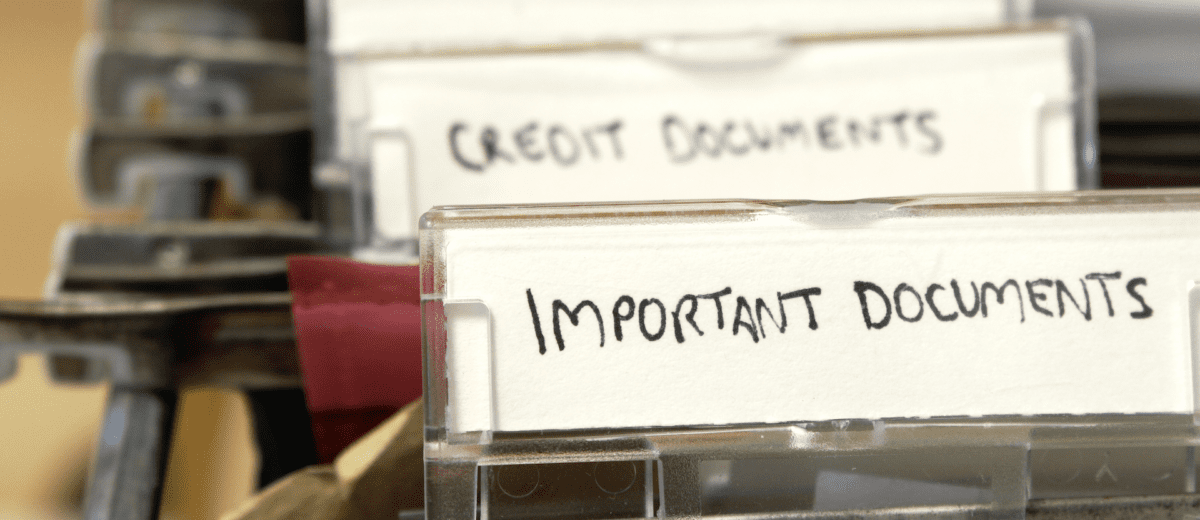Your Website Domain Name Is an Asset – Treat It as Such.
You’d never leave your business checkbook in the hands of someone no longer working for you or trust your mortgage payment to be made by someone that doesn’t live in your house.
Yet many business owners can not readily find information about their domain name, where it was registered, or who’s domain name is under the control of an employee who no longer works there or an outside firm that can no longer be reached.
And if you do not have your domain information in a safe place that will transcend employees and outside relationships, it’s time to do just that.
The information you should have on file
Create a file for your domain name or names if you have more than one. The file should contain the following information:
- The online location where you purchased the domain name. If you are without this information, http://www.internic.net/whois.html can help you track down the online business your domain was registered with, current contact and management information, when your domain name was registered, and when it is set to expire.
- The username and password of the place of domain registration, including the recovery email on record. This allows you to access, manage, and renew/delete the domain.
- The hosting company and contact information for your domain.
- The FTP info or the IP/website address, username, and password that will allow you access to the files on the web host for updating.
- Content management system login (if the website has a content management system). This is the website address to login to add/edit/delete pages and content in the website itself.
- Contact information for website support for any company you’ve used to design, purchase or host your website.
Looking for a new WordPress website host?
Sutherland Weston is a full-service hosting provider for WordPress websites.
If you’re looking for a supportive partner to host your WordPress website, we’ve put a page together that answers common questions about our hosting services.
Are You Transferring Your Website?
Here are the issues to consider to help make the transfer go smoothly:
- Domain Name Registration – Is your company the legal registrant of the domain? Companies are often surprised to learn that even though they’ve been paying the bill each year, the domain they use is registered under the company that hosts the website or built it.
- Do You Actually Own Your Website? – Surprise! Companies have found that the site they paid to have built doesn’t belong to them. Check your contract for any fees that are listed for the right to move the website to another location.
- Content Management Capability – Not all hosting environments and companies are the same. Make sure the hosting provider you’re moving to is skilled in the content management system your site is built on.
- Content Management Access – You’ll want full admin access to the content management system of your website and not just editing access. This will give the new hosting company the access they need to set up your site properly.
- Content Management Plug-ins / Modules – Many content management systems rely on external modules or plug-ins to provide functionality, much like apps on your cell phone. It’s not uncommon for the plug-ins and modules to be registered under the hosting or development company’s name, not yours. If that’s the case, the site you move will need to reconnect the plug-ins/ modules, or you’ll lose the functionality they provide your website.
- Google Analytics / Google Business – You’ll want to have legacy information and settings transferred to the. new site. Having ownership and admin access to your Google tools will allow you to maintain that data as you move from one host to another.
- Email – Know that your domain information ties to your website and your business email. Be sure to have clear direction on what is transferring and how your email accounts will be affected as you make the transfer.
It’s easy to overlook important details and make mistakes that can take days and dollars to correct. In the last 25 years, I’ve made all the mistakes you can make. So I hope this article saves you both some days and dollars as you prepare to move.
